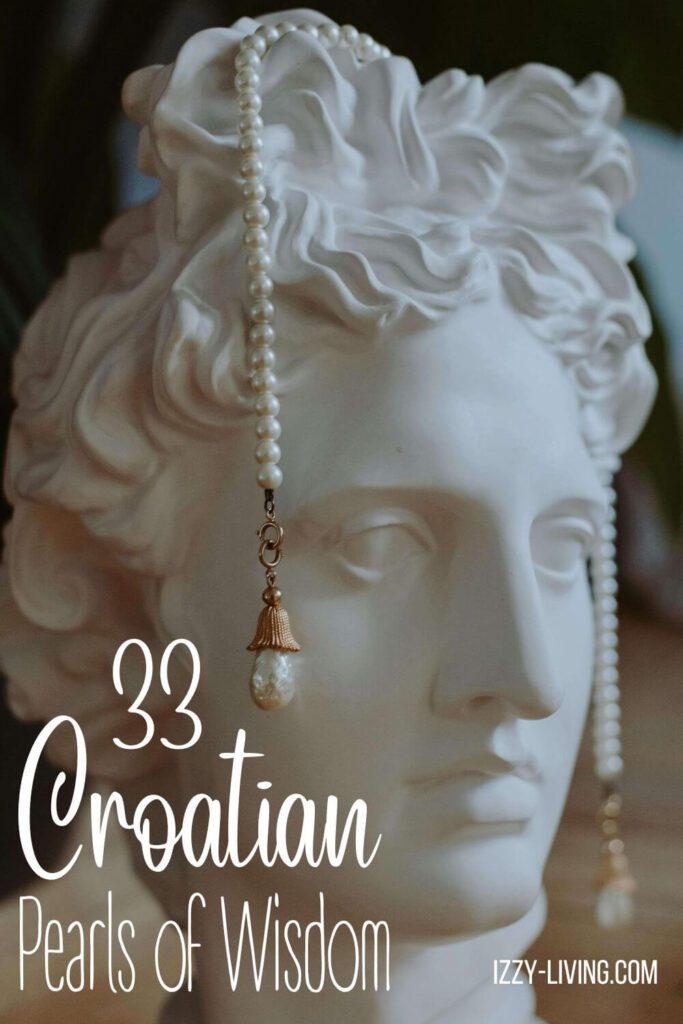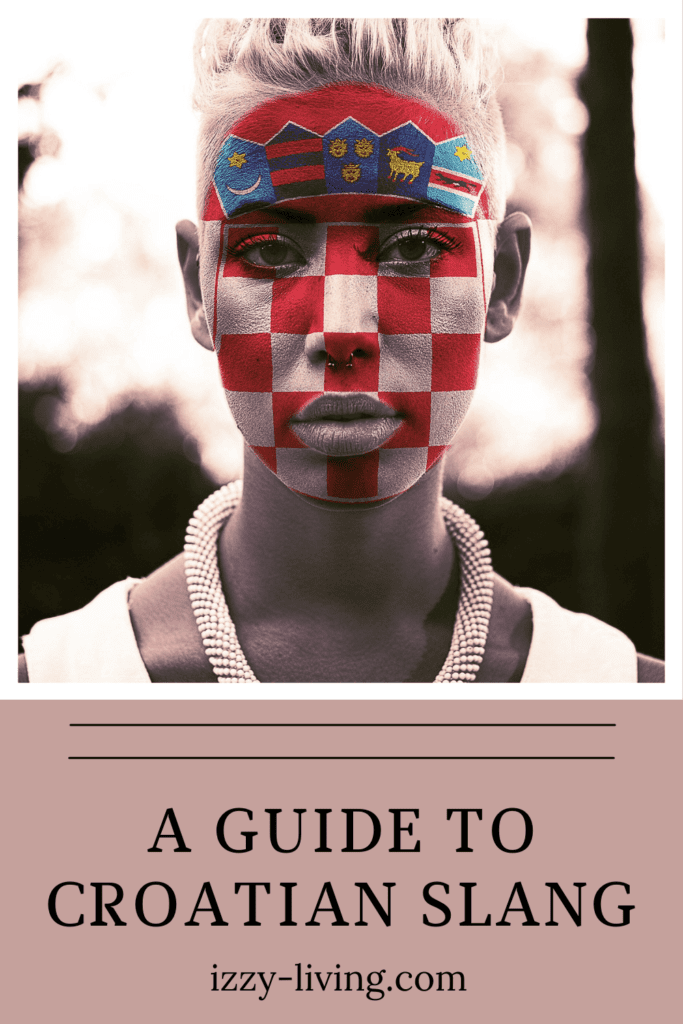
Lonely Planet listed Croatia as “Best in Travel 2024”. Besides idyllic islands, sun-kissed shorelines, and historic walled cities, Croatia boasts other interesting facts. How much do you know about Croatia? Read all about it here.
Croatia History Facts
Gladiators Fought in a Colosseum
Although Pula Arena is way less famous than the Colosseum in Rome, it is more impressive and in better condition. Pula amphitheater, located in Istria, was once home to gladiator fights. The amphitheater is one of only three preserved in the world and the 6th largest in existence.
Wealthiest Collection of Neanderthal Bones
The Krapina Neanderthal Museum hosts 900 bones of Neanderthal humans who lived until approximately 40,000 years ago. The museum also has tools and other artifacts which show how Neanderthals lived. Archaeologists uncovered these remains in the Šandalja Cave more than 100 years ago. The Krapina Neanderthal Museum opened in 2010, is 13,000 square feet, hosts the wealthiest collection of bones, and one of the most modern museums in central Europe.
Vinkovci is the Oldest Inhabited City in Europe
The oldest continuously inhabited city in Europe is the eastern Croatian city of Vinkovci where people have lived for the past 8,300 years. The city is an important archaeological site, rich in history and cultural heritage.
Other History Facts
- Shakespeare’s comedy, Twelfth Night, was set in Dalmatia.
- The Croatian currency, the kuna, is named after the marten, a ferret-like animal.
- The dog breed Dalmatian can be traced back to Croatia and the Dalmatia region.
- The official language is Croatian and spoken by almost 7 million people in Croatia and neighboring countries.
Croatia Geography Facts
Croatia has Over 1,000 Islands

Croatia is home to 718 islands, 389 islets, and 78 reefs! There is not a shortage of beaches in Croatia, consequently, island hopping is a big thing. The largest among these islands is Krk, Cres, and Brac with about 150 square miles each and Hvar with 115 square miles. Only about 50 of the islands are inhabited. The most popular islands are Hvar, Vis, Korčula, and Brač. The island of Korčula is believed to be the birthplace of Marco Polo and the island of Biševo only has 13 residents.
10% of Croatia is National Parks
Croatia isn’t just rich with historical monuments, but also with natural wonders. The country has 8 national parks, 11 natural parks, and 2 nature reserves. Within those national parks, the oldest and most iconic by far is Plitvice Lakes National Park, a UNESCO World Heritage Site. Situated on the Plitvice plateau, turquoise water flows through 16 lakes via a series of tumbling waterfalls. As well as Plitvice Lakes National Park, there is Krka National Park, most famous for its 7 unique waterfalls, Paklenica National Park with dense forests and deep valleys, Mijlet National Park with 2 saltwater lakes, and Kornati National Park with 90 islands and oral reefs.
Cleanest Water for Swimming in Europe
In 2022, the swimming water quality at 1011 of Croatia’s beaches was tested and graded into four categories – excellent, good, sufficient, and poor. Out of all the beaches tested, 992, or 98.12% of them, were declared ‘excellent’, 12 were graded as ‘good’, while only 7 beaches received a grade of ‘sufficient’. Not one beach tested in the ‘poor’ category.
Hum is the World’s Smallest Town
The world’s smallest town is located in Croatia. The Guinness Book of Records declared Hum the world’s smallest town with its own city walls, a church, two small roads, and a population that fluctuates between 17 to 23 residents.
Game of Thrones was Filed in Croatia
Many locations in Croatia were used to film the super-hit HBO series Game of Thrones. Several scenes were shot on the Dalmatian coast in Dubrovnik and Split. Other filming locations include the island of Lokrum, St. Jacob Cathedral in Sibenik, and Krka National Park.
The Cool Sun Salutation
Monument to the Sun or The Greeting to the Sun is a modern art installation in Zadar designed by an architect named Nikola Bašić. It is a 22m-wide circle on the ground that lights up in neon colors. Throughout the day it collects energy from the sun and then in the evening it lights up.
Other Geography Facts
- Crroatia receives more than 2,715 hours of sunshine per year.
- Zlatni Rat beach, located on the island of Brac, is known for undergoing a unique phenomenon of changing shape when winds are strong enough.
- According to Alfred Hitchcock, “Zadar has the most beautiful sunset in the world, more beautiful than the one in Key West, in Florida, applauded at every evening.”
- Oscar-winning Fiddler on the Roof, Sophie’s Choice, and Dr. Who were filmed in Croatia, as were Mamma Mia! Here We Go Again and Star Wars: The Last Jedi.
- The strongest bura winds recorded in Croatia were on December 21, 1990 when winds howled at 154 mph.
- The last specimen of Mediterranean seal lives n the Croatian waters.
- There are over 40K winemakers and vineyards covering more than 20K hectares of land in Croatia.
Croatia Food Facts
Seafood is a Large Part of Their Diet
Known for its stunning coastline stretching along the Adriatic Sea, it’s not a surprise that seafood is such a big part of a typical Croatian diet. The freshest seafood is plucked from the ocean, cooked, and plopped onto your plate!
Cuisine is Divided into Coastal and Inland
Croatian cuisine is difficult to define as it reflects the many cultures that have influenced the country throughout its history. In addition, Croatia is a country with diverse geographical regions where availability of fresh produce has shaped the region’s cuisines. Food along the Dalmatian coast strongly reflects traditional Mediterranean cuisine, featuring fish and seafood. Inland, the cuisine features more typical Slavic foods like cabbage, pork, and potatoes.
Home to the World’s Biggest Truffle
Guinness Book of World Records lists Croatia as home to the largest truffle in the world at 2.9 pounds! Giancarlo Zigante and his dog discovered the white truffle on November 2, 1999 in the Motovun forest of Istria. Truffles, edible spores that grow on an underground fungus, are known for adding exotic flavors to a dish. The most valuable truffle is the white truffle which can go for more than 3000 euro per kilo!
Other Geography Facts
- Italian cuisine has had a big influence.
- Croatian olive oil is serious stuff.
- Even traditional peasant dishes are off the hook.
Croatia Culture Facts
Soccer is Extremely Popular
Same as many other European countries, Croats are passionate about soccer. It is the country’s most popular sport and played amongst all age groups on both amateur and professional levels. Attending a soccer game in Croatia is a great way to witness the country’s competitive spirit.
Other Cultural Facts
- The oldest person in Croatia to live was Nena Tolj who passed away in 2011, at age 110 years and 151 days.
- 78% of Croatians have knowledge of at least one other language with 60 % well versed in English.
- Croatia won the biggest haul of gold medals in Europe (per capita) at the Olympic Games in 2016 in Rio.
- There are more Croatians living outside of the country than living in Croatia (3.8 million).
- Croatia has the top ace server in tennis history – Ivo Karlović.
- Croatia has one of the oldest populations in the world, with the average age of 43.3 years.
- Voting age, legal drinking age, and legal age to get married are all 18.
- In 2023, Croatia was ranked 14th on the list of the safest countries in the world by the Global Peace Index.
- In 2021, Croatia reached a literacy rate of 99.80 %!
- In 2019, Croatian men of 18 years were the tallest on the planet.
Until next time…
· izzy

Every culture has pearls of wisdom, cliches, proverbs, sayings, idioms. Most classic phrases used by Croatians are rooted in its peasant past and reference nature and animals.
The Croatian language is full of expressions that both confuse and amuse. Here are 33 colorful and imaginative Croatian idioms and phrases.
Although it can be tricky, slang is used in every day conversations. It is an integral part of a language and a way to communicate in a relaxed manner with your friends, family, or people you meet while traveling!
Learning Croatian slang will help you sound more natural and relatable, especially when talking to locals. You will surely receive a chuckle of appreciation and feel more connected to the country. Give the following words a try!

Additional information on travel in Croatia:

3 responses to “Crazy Cool Croatia: Amazing Facts You Didn’t Know!”
On the travel wish list! Would love to visit Croatia for a longer trip. But I did not know many of these facts about Croatia. And I did not realize how much inland space there was. All good to know before a visit.
Hi Linda. i try to read up before traveling to a new country to help me prepare for my visit. Thanks for the comment. izzy
Nice that youre visiting soon (here’s a local speaking) ,so if u need tips you know who to ask and i just need zo say u should visit Primosten